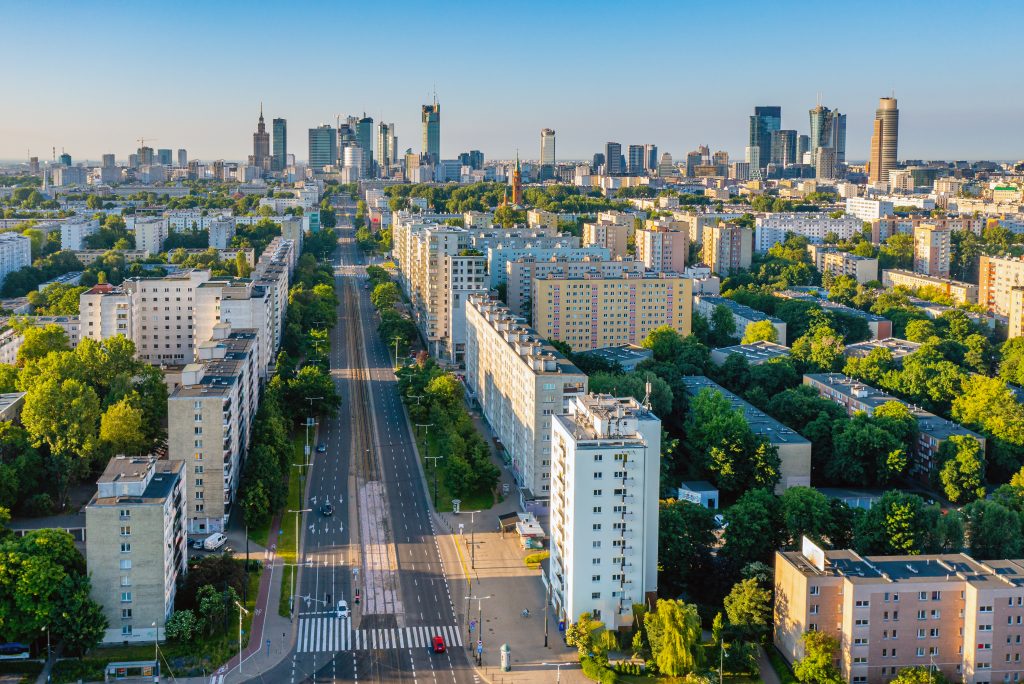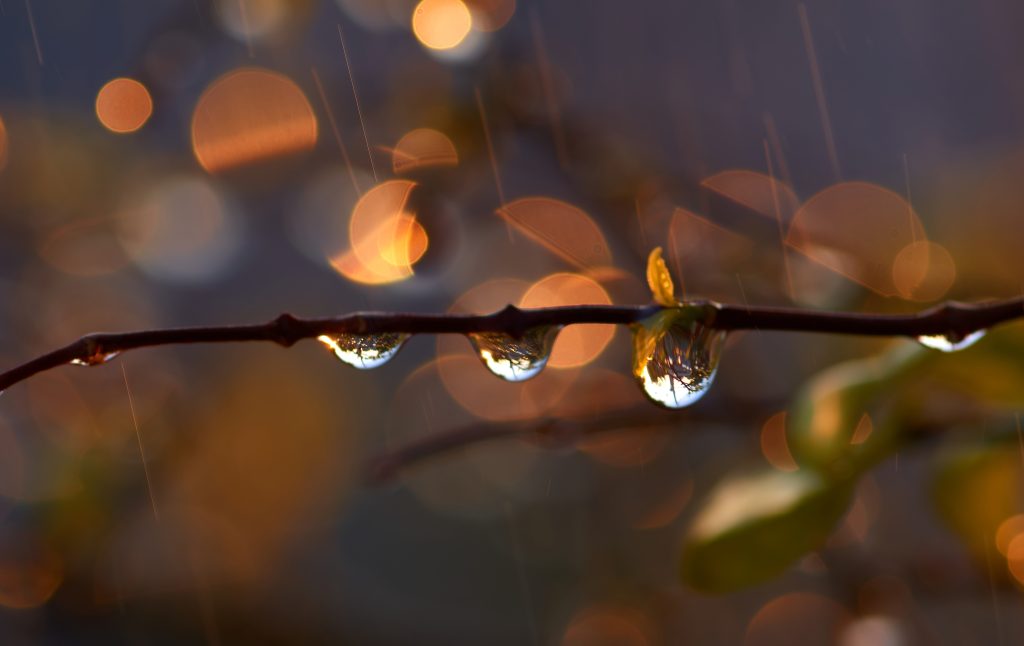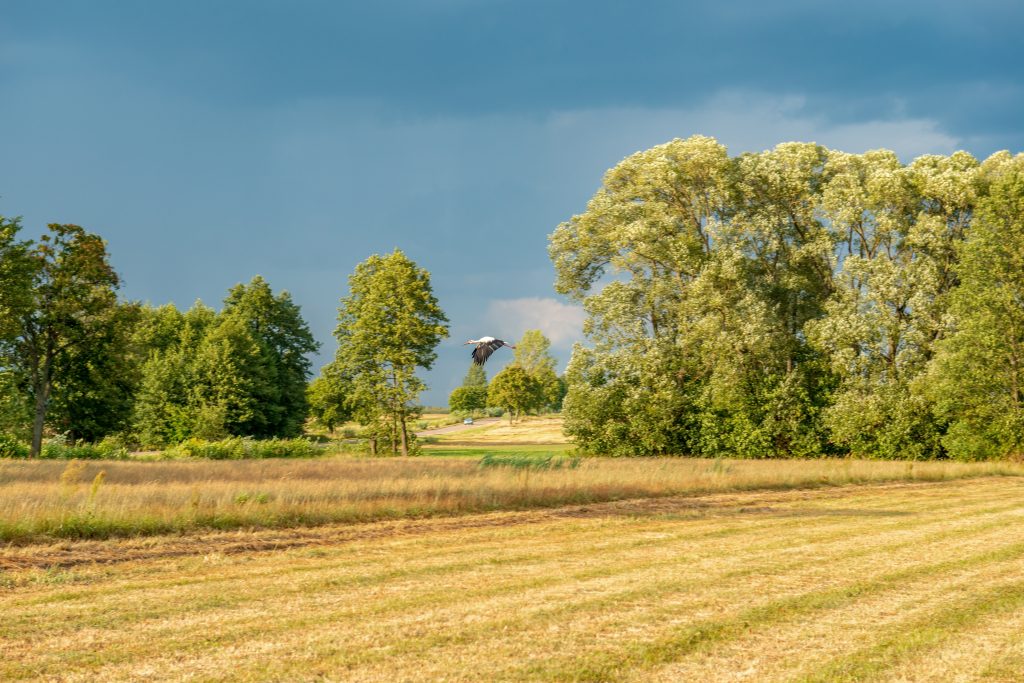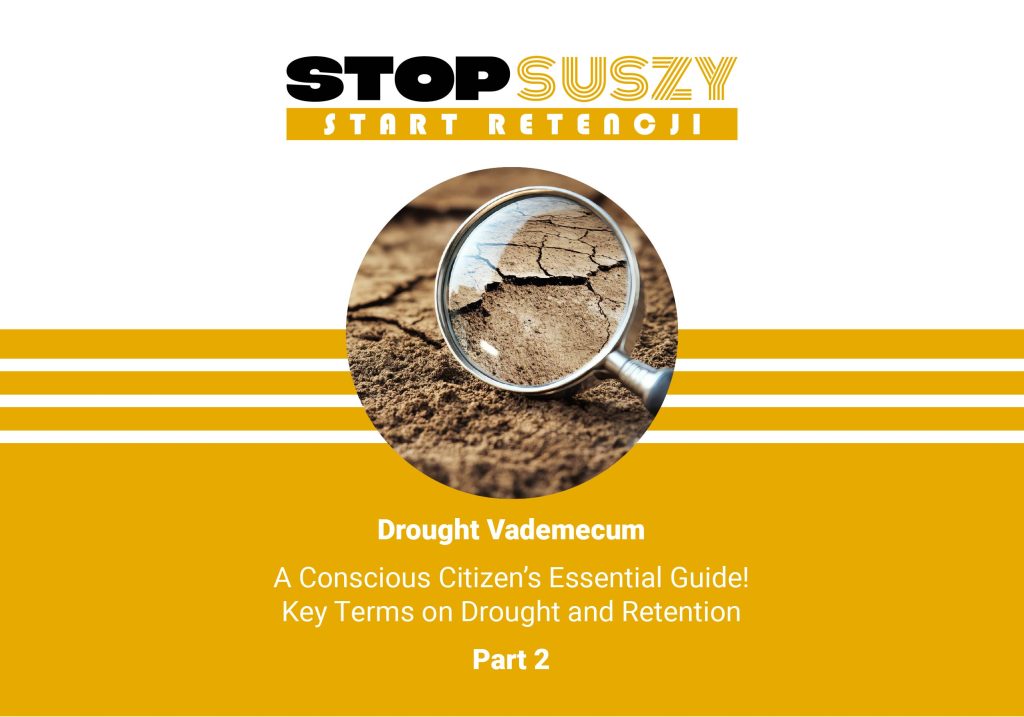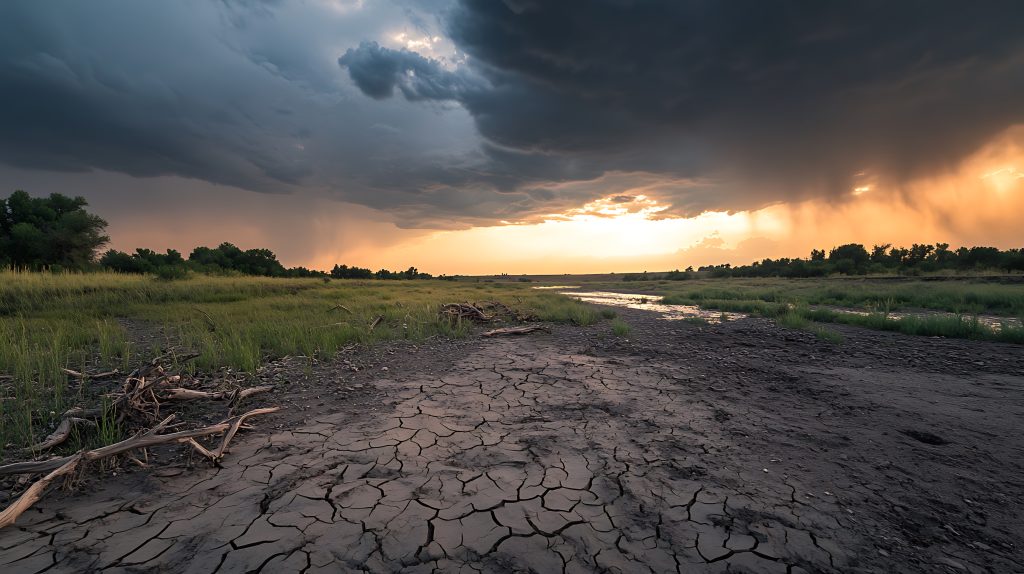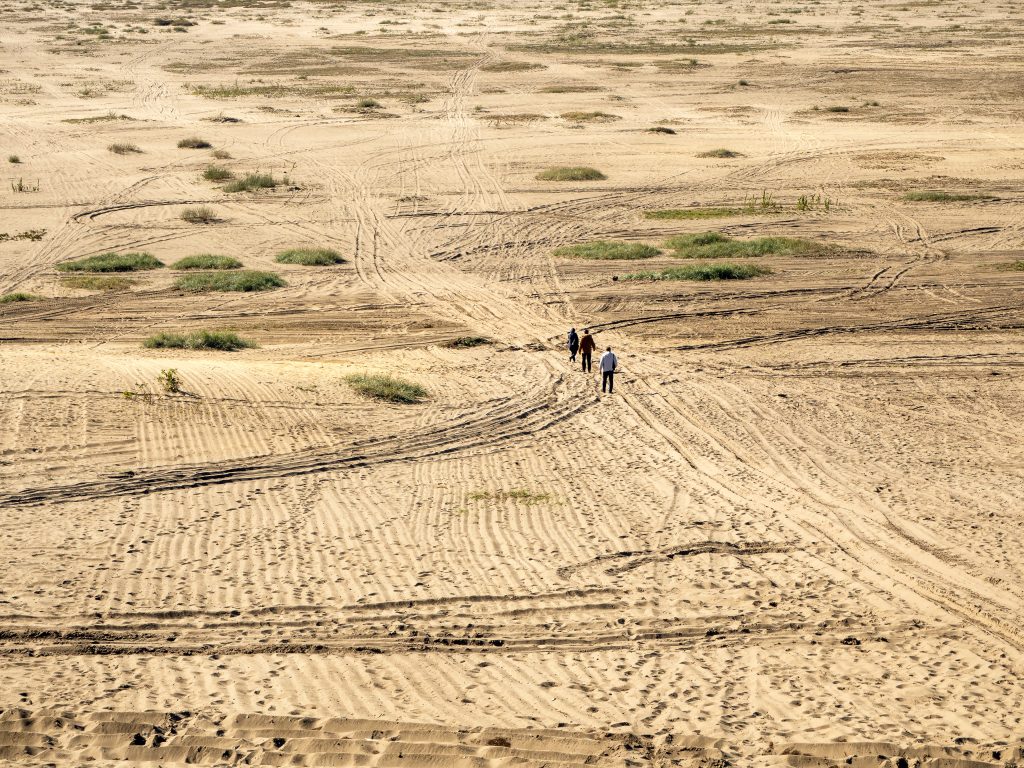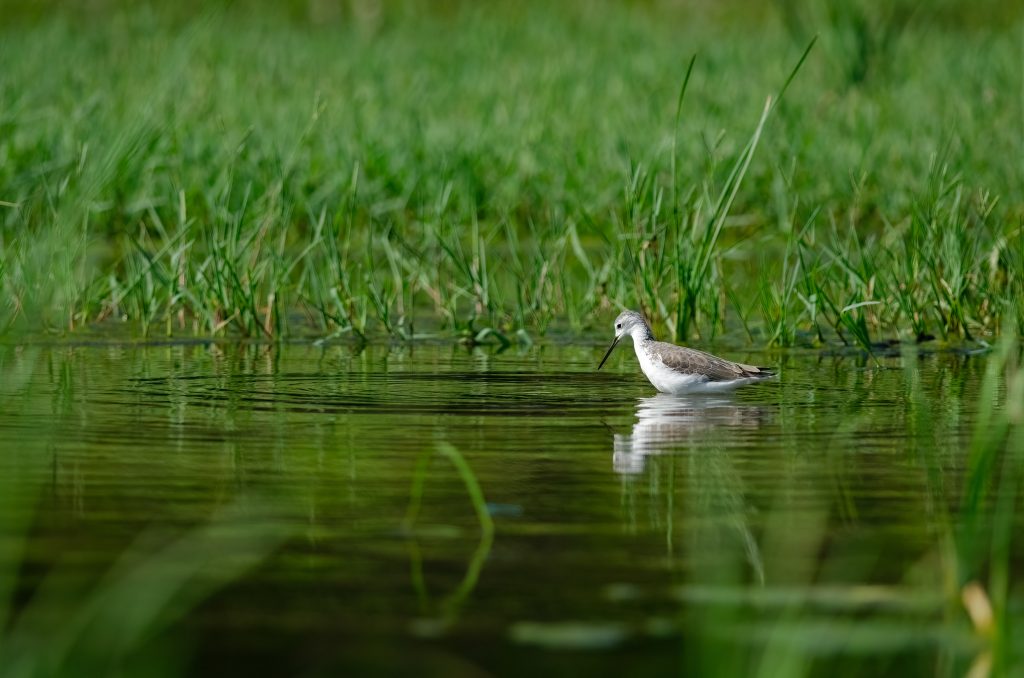On October 20th, we celebrate International Landscape Protection Day, established by the Council of Europe at the initiative of Poland. This date was chosen to commemorate the signing of the European Landscape Convention in Florence in 2000. The General Directorate for Environmental Protection proposed establishing this day because, then and now, its goal is to raise public awareness of the value of landscape, its impact on quality of life, and the need for its protection.
Tag Archives: Stop Drought campaign
We usually associate drought with summer – with parched lawns, wilting plants, and the need for frequent watering. However, we must remember that the problem of soil water deficiency affects all seasons. Although autumn is often perceived as a time of frequent rains and a respite from gardening, it is actually a crucial time to prepare the garden and farm for the coming season. Now is the time to take steps to better retain water, store it, and improve plant health in the coming months.
The summer of 2025 was a particularly contrasting period in Poland in terms of water balance. Although the water balance indicator itself is complex and takes into account both inflows (including atmospheric precipitation, surface and groundwater recharge) and losses (evaporation, plant transpiration, surface runoff), in practice its development depends primarily on precipitation and air temperature, which influences the intensity of evapotranspiration (including evaporation from soil surfaces and water bodies, as well as plant transpiration).
September is not only the beginning of the school year, but also an ideal opportunity to reconsider the challenges facing each of us. The beginning of 2025 was very dry – many regions of Poland experienced a lack of rain, rivers and lakes reached record lows, and farmers and gardeners struggled with water shortages. Such phenomena have become increasingly frequent in recent years, and forecasts indicate that drought could be one of the greatest challenges of the 21st century.
A few hours of rain are enough for lawns to turn green and flowers to bloom. For this reason, many people believe that drought is an easily reversible problem, and that a week of heavy rain is enough to stave off a prolonged drought. However, hydrology isn’t so simple. Drought is a complex, multi-stage, and often hidden phenomenon, and its reversal depends not solely on the previous week’s weather. Short-term rainfall isn’t enough to address the consequences of drought. But what does effective “irrigation” actually look like?
Every year, on June 17th, we celebrate the World Day to Combat Desertification and Drought. This date was established by the UN General Assembly in 1994, marking the 31st anniversary of the adoption of the UNCCD
Drought is affecting Polish cities here and now. It’s not just a problem for farmers, affecting the quantity and quality of crops. We’re also dealing with it in cities, both large and small.
When updating the Drought Effects Counteracting Plan (uDECP), broad cooperation of many groups is very important.
On May 27, one topic dominated in Cracow: how to effectively counteract the effects of drought in our country. Experts discussed the needs and achievements in this area, and students from fields related to water management presented their unconventional ideas. This was the first meeting of this type integrating them around the topic of combating drought. The 2nd “Stop Drought! Start Retention!” Conference, at the University of Agriculture in Cracow, was attended by nearly 200 people. The event was broadcast online on YouTube by Polish Waters.
33 years ago – on May 22, 1992, the Convention on Biological Diversity was held. Eight years later, in December 2000, the UN General Assembly commemorated this event by declaring May 22 as the International Day of Biological Diversity. This holiday aims to increase public awareness of biological diversity and its importance for socio-economic development. In 2025, the motto will be “Harmony with nature and sustainable development.”
- 1
- 2

 PL
PL

